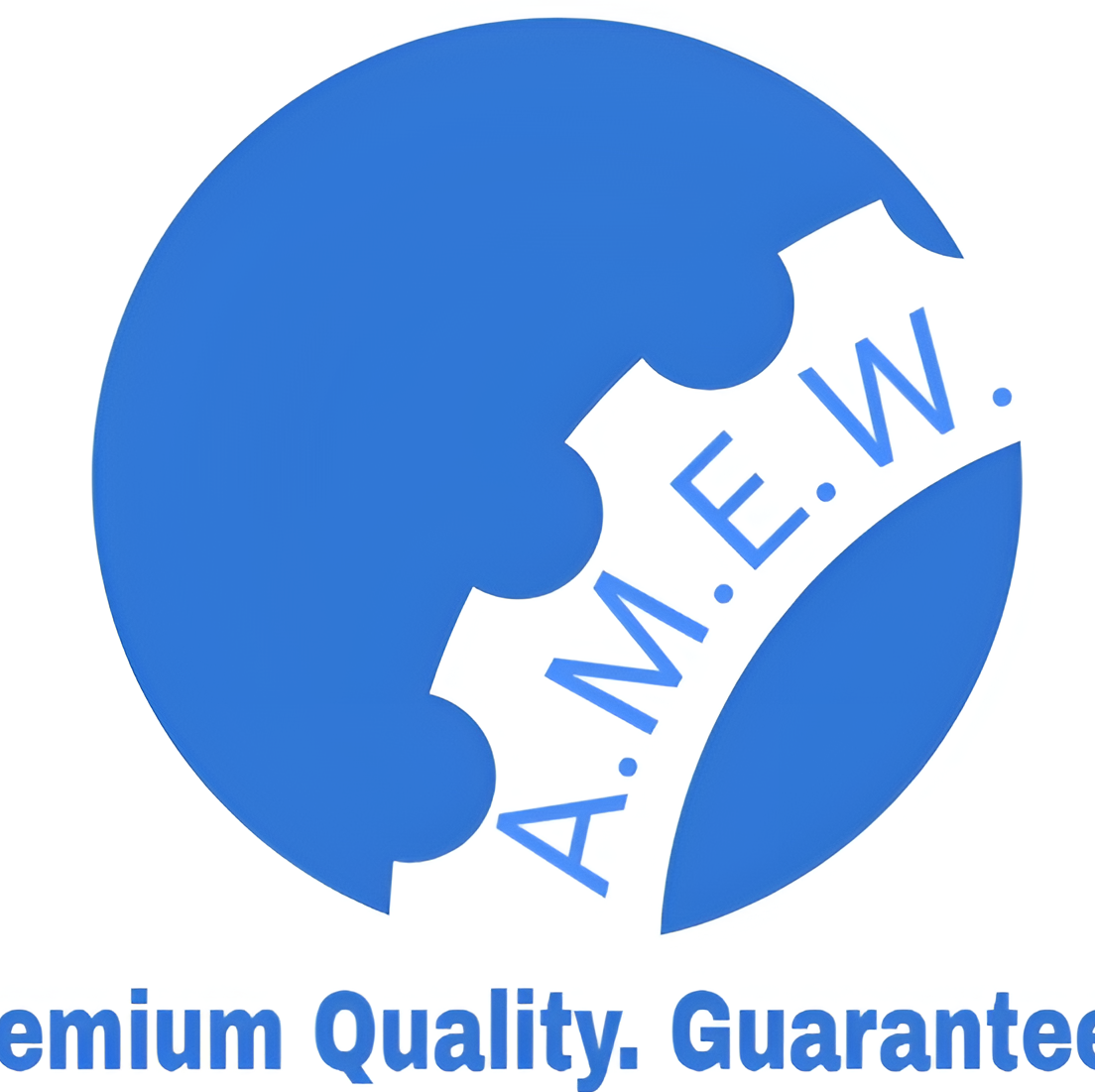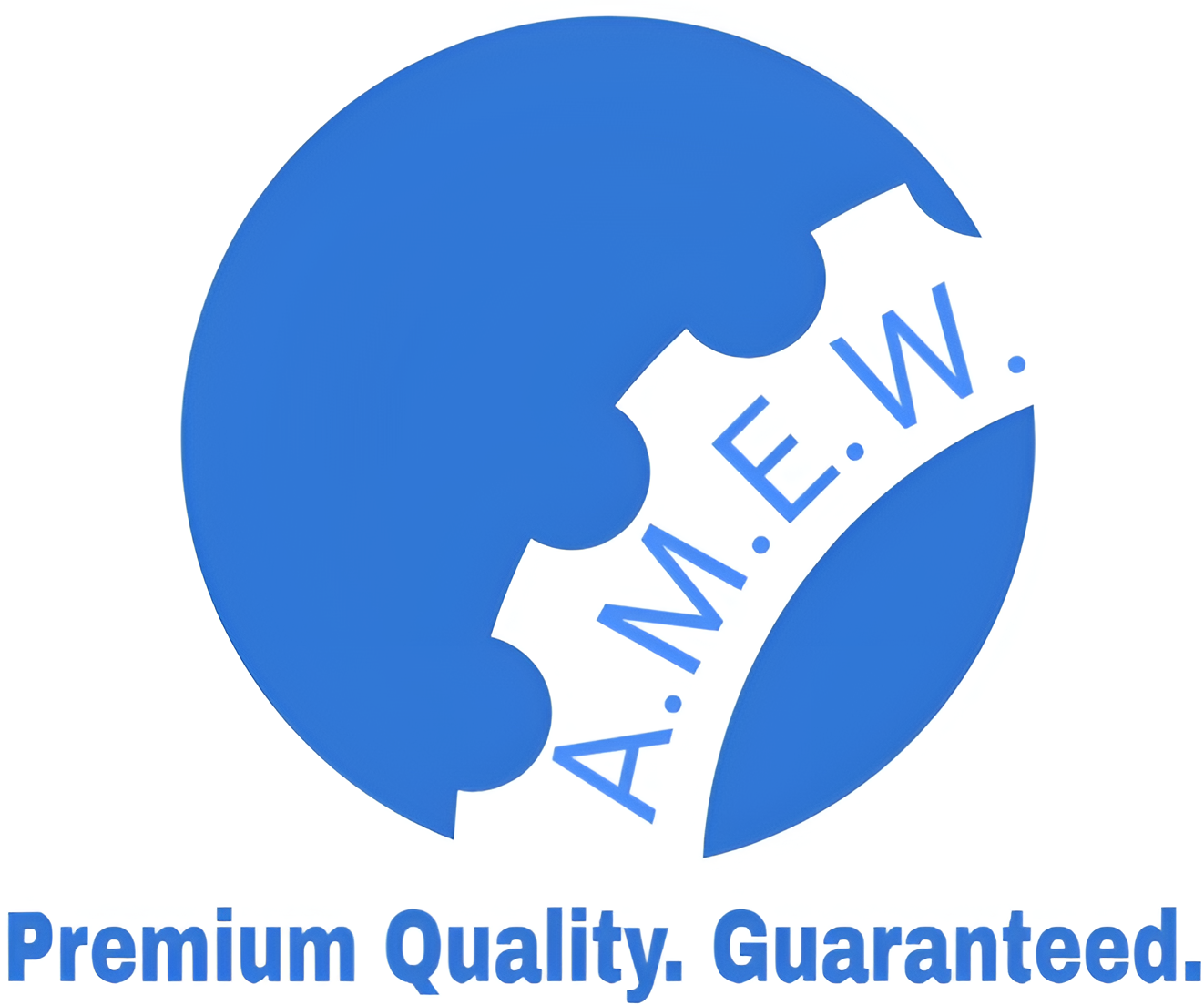Internal Cement Lined Pipes (ICL): A Comprehensive Guide
Internal cement lined (ICL) pipes are among the most durable and versatile solutions for modern piping needs. Whether for industrial, municipal, or residential use, ICL pipes are renowned for their strength, longevity, and corrosion resistance. This blog will take a deep look into the world of ICL pipes, their benefits, applications, installation process, and why they are a cost-effective choice for long-term investments. We will also explore case studies showcasing their effectiveness and highlight their future potential.
What Are Internal Cement Lined Pipes?
Internal cement lined pipes are steel or ductile iron pipes with a protective coating of cement applied to their interior surface. This lining serves as a barrier between the pipe’s metal surface and the liquids or materials it transports. The cement lining is specifically designed to enhance the pipe’s lifespan by preventing corrosion, reducing wear and tear, and supporting optimal flow conditions.
The production process involves cleaning the inner surfaces, applying a measured layer of cement mortar, and curing it to create a strong and durable layer.
ICL pipes are widely used in various industries, including water supply, wastewater management, and infrastructure projects, due to their ability to withstand aggressive environments and demanding conditions.
Benefits of Using Internal Cement Lined Pipes
Implementing ICL pipes in your projects comes with significant advantages that maximize efficiency and deliver long-term reliability.
1. Corrosion Resistance
Corrosion is a significant concern for pipelines carrying water or other chemicals. The cement lining acts as a shield against acidic or alkaline substances, preventing reactions between the transported material and the pipe’s metal, thereby extending its life.
2. Reduced Friction and Improved Flow
The smooth, hardened cement layer minimizes friction along the pipe’s interior, ensuring a steady and efficient flow of liquids. This can reduce pumping costs and maintain flow capacity over time.
3. Durability
ICL pipes are designed to handle high-pressure systems and resist mechanical abrasions. This makes them ideal for applications involving heavy loads or abrasive materials like sewage or slurries.
4. Eco-Friendly
Since cement is a sustainable material and can be locally sourced, ICL pipes have a lower environmental impact compared to alternatives coated with synthetic materials.
5. Low Maintenance
The cement lining reduces the buildup of debris and corrosion, leading to fewer blockages or structural failures. This translates to lower maintenance costs and decreased downtimes.
Applications of Internal Cement Lined Pipes
ICL pipes are highly versatile, serving a variety of industries and applications.
1. Water Supply Systems
ICL pipes are widely used in potable water distribution systems. Their smooth interior ensures optimal water pressure and their corrosion resistance maintains water quality.
2. Sewage and Wastewater Management
The durability and resistance to acidic conditions make these pipes suitable for transporting aggressive sewage and wastewater.
3. Irrigation Systems
For agricultural projects, ICL pipes effectively handle water transportation over long distances without leaking or degrading.
4. Chemical Processing Industries
The cement lining provides resistance to chemically reactive substances in industries that transport chemicals and slurries, reducing wear and ensuring smooth operation.
5. Infrastructure and Utilities
ICL pipes are used in large-scale infrastructure projects, including fire protection systems, cooling water systems, and energy sector pipelines.
Installation and Maintenance of Internal Cement Lined Pipes
While ICL pipes are robust, proper installation and maintenance ensure their full potential is realized.
Installation Steps
- Preparation: Ensure proper excavation and foundation support to prevent pressure-induced damage.
- Jointing: Use high-quality jointing materials, such as rubber gaskets or epoxy adhesives, for leak-proof connections.
- Curing: Once installed, allow time for the cement lining to cure. This ensures strength and resistance for future operations.
- Testing: Perform hydrostatic pressure tests to confirm joint integrity and system functionality before use.
Maintenance Practices
- Regular Inspections: Periodically check for cracks, leaks, or damage to the cement lining.
- Cleaning: Flush out any accumulated debris or sediment from the pipes to maintain flow efficiency.
- Repairs: Address minor cracks or damages using quick-curing repair materials to extend the pipe’s service life.
- Protective Coatings (if required): For pipes exposed to harsh external conditions, consider additional coatings or wraps to protect the outer surface.
Cost-Effectiveness and ROI
One of the main reasons for the growing popularity of ICL pipes is their cost-effectiveness. While the initial investment in these pipes may be higher than uncoated options, their durability, low maintenance requirements, and extended lifespan result in substantial long-term savings.
Additionally, the improved flow efficiency means lower energy costs for pumping systems. When you combine these factors, the return on investment (ROI) with ICL pipes is significantly better compared to less robust alternatives.
Case Studies and Examples
To better illustrate the advantages of ICL pipes, let’s take a look at a few examples:
1. Urban Water Distribution
A metropolitan city recently replaced its aging water pipeline system with ICL pipes. Despite a higher initial cost, the city reported a 25% reduction in maintenance issues and improved water pressure reliability within two years of installation. The smoother interior also reduced energy consumption for water pumping stations.
2. Industrial Chemical Transport
A chemical manufacturing plant switched to using ICL pipes for transporting acidic slurries. Over the course of five years, the plant saw a 40% reduction in pipe replacements and achieved substantial savings in maintenance downtime and costs.
3. Agricultural Irrigation
A large-scale agricultural project introduced ICL pipes for its irrigation system. This prevented leaks, improved water quality, and reduced water loss across long distances, resulting in a 20% increase in crop yield.
The Future of ICL Pipes
With increasing demand for sustainable and efficient infrastructure solutions, the future of internal cement lined pipes looks promising. Advancements in cement compounding and application techniques are enhancing their performance and versatility. Additionally, the global push for eco-friendly materials will likely spur further adoption of ICL pipes in construction, utilities, and industries aiming to reduce ecological footprints.
From water distribution to industrial pipelines, ICL pipes will continue to exemplify strength, durability, and cost-effectiveness, making them a vital asset for businesses and municipalities alike.

